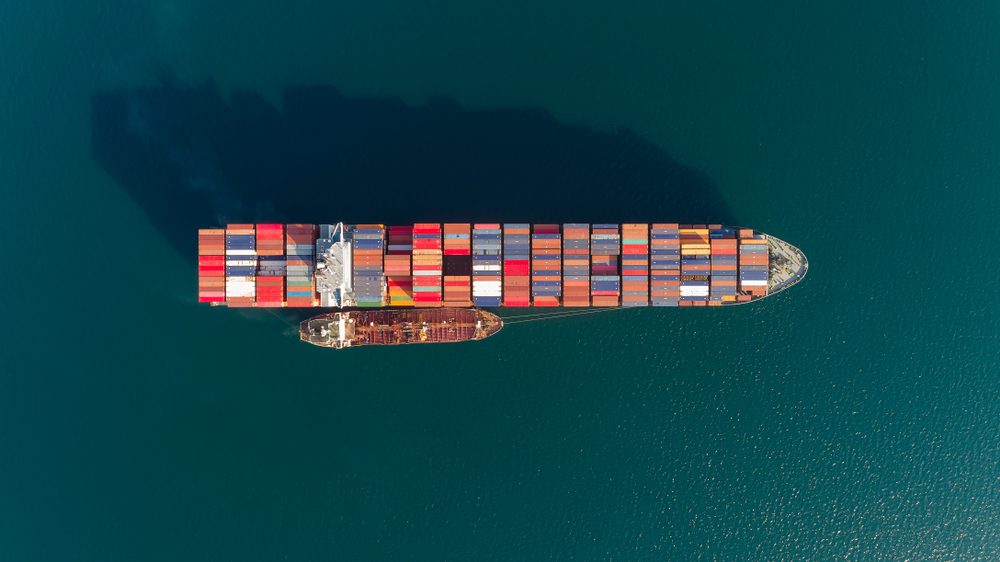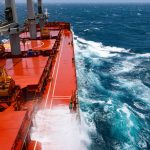The bunkering industry is losing as much $5.2 billion of fuel annually to quantity shortages because of outdated methods used to measure deliveries, according to Tyler Baron, the CEO of the world’s largest physical bunker supplier Minerva Bunkering.
Unlike many commodity markets that have transparent price discovery and universal quantity measurements, the bunkering industry still widely uses manual measurement and various calculations including temperature and density to determine how many metric tons have been delivered, Baron said in an interview with S&P Global Commodity Insights.
With some theft or overstated consumption by the ship crew itself along with short deliveries by bunker suppliers, fuel theft is relatively easy to carry out unnoticed, costing the industry up to 9 million mt/year of lost bunker fuel out of a total of 230 million mt of delivered product last year, he said.
“The vast majority of quantity measurement is done by rolling a tape down into a cargo tank of a bunker vessel and measuring the height of the fuel line before and after delivery,” Tyler said. “It’s manual, it’s archaic, and it’s highly subject to manipulation and human error.”
The lack of universal standards across markets is resulting in even the largest bunkering traders deciding not to compete at some locations, he said.
“We have some peers who have similar advantages to us in terms of having scale on cargo sourcing, having economies of scale in terms of the cost of capital and financing,” Baron said. “And they’re seeing the same thing. ARA [Amsterdam-Rotterdam-Antwerp] is a 15 million ton market, Fujairah is a 7.5 million to 8 million ton market. These are big markets and despite the significant advantages of scale some of us have, we can’t really compete on price with certain small local independents who sell at or below cargo cost because they have different business practices.”
Solving the problem
Mass flow metering that includes regulations and enforcement of rules is one solution that has been adopted at Singapore, the world’s largest bunkering hub. The port mandated the use of mass flow meters for fuel oil deliveries in 2017 and for all distillate bunker deliveries in 2019. MFMs measure the flow rate in the pipe and gauge the quantity as well as the mass and density of the fuel.
Alongside the uptake of MFMs, Singapore has adopted strict guidelines and regulations, making it a model for other ports to follow, Baron said
“In Singapore, if you get caught violating the regulations governing the use of MFMs you go to jail,” Baron said. The MFM alone isn’t enough without the regulations and enforcement, he said. “I’m not sure other authorities have the regulatory will to do what Singapore has done.”
The port authorities of Rotterdam and Antwerp-Bruges in December last year said they will mandate mass flow meters to mitigate bunker quantity dispute problems amid widespread concerns about volumes supplied, but no firm start date was announced.
In March 2021, Minerva began the commercial offering of its new Advanced Delivery Platform, or ADP, in Fujairah, Singapore and ARA as another solution to quantity shortages. ADP digitizes delivery documentation and is integrated with mass flow metering technology to provide complete transparency.
Minerva has since extended the service to an additional seven ports and has also spun out the ADP technology into an independent company to offer it to other suppliers and stakeholders in the industry.
“ADP solves the problem” of theft, Baron said. More than 1 million mt/year of bunker fuel is moved over the platform, with around 25 of Minerva’s 1,000 customers on board, Baron said. “One million tons is pretty significant even to our business,” he said.
“We see more customers shifting to a total cost of procurement approach. They want to lower the cost of moving their vessels around the world and that includes the price they pay on paper for the fuel, it includes having no quantity shortages, it includes saving time in the operation itself which can be worth $7 to $15 per ton, and avoiding quality issues. It is a shift in thinking for some large buyers and one that we want to continue to support in the industry.”
Alternative fuels
In terms of alternatives to traditional bunker fuels, the prospects for LNG are mixed, according to Baron.
“There are two sides of the LNG coin. One is that you’re getting more LNG vessels that are coming out of the yard, about a quarter of the total order book, so this is a positive potential demand driver,” Baron said.
“The negative for LNG is exposure to volatile gas markets, and the logistics costs. LNG last year cost many multiples of conventional fuels. I think there will be a window in which LNG will be helpful to decarbonizing the shipping industry but depending on the methodology you use it offers a relatively modest reduction in lifecycle emissions. As you get past the next handful of years, we’re seeing a growing focus on fuels with lower emission profiles.”
Source: Hellenic Shipping News





